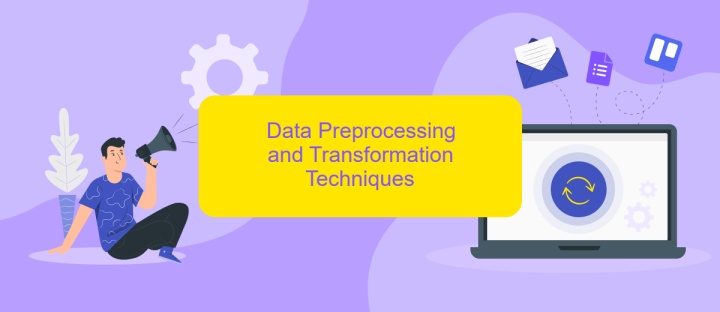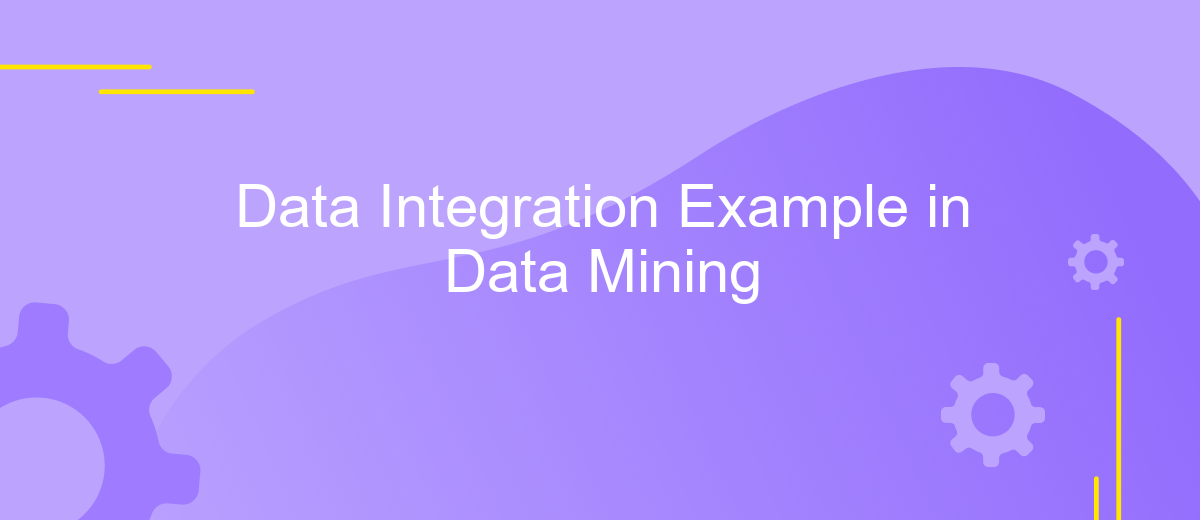Data Integration Example in Data Mining
Data integration is a crucial step in the data mining process, involving the combination of data from various sources into a coherent dataset. This process ensures that the data is consistent, accurate, and ready for analysis. By integrating data effectively, organizations can uncover valuable insights, improve decision-making, and enhance business intelligence. This article explores a practical example of data integration in the context of data mining.
Introduction to Data Integration in Data Mining
Data integration in data mining is a crucial process that involves combining data from different sources into a unified and coherent dataset. This process is essential for accurate analysis, enabling organizations to make informed decisions based on comprehensive data insights. By integrating data, businesses can uncover hidden patterns and correlations that may not be apparent when data is siloed.
- Data Cleaning: Ensuring data quality by removing inaccuracies and inconsistencies.
- Data Transformation: Converting data into a consistent format for analysis.
- Schema Integration: Merging data from different sources with varied structures.
- Entity Resolution: Identifying and merging records that refer to the same entity.
- Data Reduction: Reducing the volume of data while maintaining its integrity.
Effective data integration enhances the value of data mining by providing a comprehensive view of the data landscape. It supports better decision-making, improves data accuracy, and enhances predictive modeling. As organizations continue to rely on data-driven strategies, mastering data integration techniques becomes increasingly vital for leveraging the full potential of data mining.
Understanding the Data Sources

Understanding the data sources is a crucial step in data integration within data mining processes. It involves identifying and analyzing the various origins of data that need to be combined. These sources can range from structured databases, such as SQL servers, to unstructured data like social media feeds. Each type of data source may require specific methods for extraction and transformation to ensure compatibility with other data sets. Understanding the characteristics of these sources, such as data format, frequency of updates, and data quality, is essential for successful integration.
Once the data sources are identified, the next step is to configure the integration process. Tools like ApiX-Drive can be invaluable in this phase, offering automated solutions to streamline data synchronization between disparate systems. ApiX-Drive allows users to set up integrations without extensive coding knowledge, facilitating real-time data flow and minimizing manual intervention. By leveraging such services, organizations can efficiently manage their data integration needs, ensuring that the integrated data is accurate, timely, and ready for analysis in data mining projects.
Data Preprocessing and Transformation Techniques

Data preprocessing and transformation are critical steps in data mining, ensuring the quality and consistency of data before analysis. These processes involve cleaning, integrating, transforming, and reducing data to enhance its usability. By addressing issues such as missing values, noise, and inconsistencies, preprocessing lays a solid foundation for accurate data mining outcomes.
1. Data Cleaning: This technique involves handling missing values, smoothing noisy data, and correcting inconsistencies to improve data quality.
2. Data Integration: Combining data from multiple sources into a coherent dataset, resolving schema conflicts, and ensuring data consistency.
3. Data Transformation: This includes normalizing data to bring all variables to a common scale, aggregating data to summarize information, and generating new attributes to better capture important patterns.
4. Data Reduction: Reducing the volume of data while maintaining its integrity, through techniques like dimensionality reduction and data compression.
Effective data preprocessing and transformation not only enhance the efficiency of the data mining process but also improve the accuracy of the results. By systematically applying these techniques, organizations can ensure that their data is well-prepared for insightful analysis and decision-making.
Implementing the Data Integration Process

Implementing the data integration process in data mining involves several crucial steps to ensure seamless data amalgamation from diverse sources. Initially, it is essential to identify and understand the disparate data sources and formats. This understanding aids in designing a robust integration strategy tailored to the specific needs of the project.
Once the data sources are identified, the next step is data cleaning and transformation. This process involves removing inconsistencies, duplicates, and errors to prepare the data for integration. Proper transformation ensures that the data is in a compatible format for effective analysis.
- Identify data sources and formats
- Clean and transform data for consistency
- Utilize ETL tools for efficient data extraction
- Integrate data into a centralized repository
- Validate the integrated data for accuracy
After data integration, it's crucial to validate the consolidated data to ensure accuracy and reliability. This step involves cross-checking the integrated data against original sources to verify its integrity. Successfully implementing the data integration process facilitates comprehensive data analysis, leading to insightful business decisions.
Evaluation and Interpretation of Integrated Data
Evaluating integrated data involves assessing its quality, consistency, and relevance to ensure it meets the desired analytical objectives. This process begins with validating data accuracy by comparing integrated datasets against original sources. Consistency checks are crucial to identify discrepancies and ensure uniformity across datasets. Additionally, relevance is evaluated by determining if the integrated data supports the intended analysis or business goals. This comprehensive evaluation helps in identifying potential biases or errors that might have been introduced during the integration process.
Interpreting integrated data requires understanding the context and relationships within the combined datasets. It involves analyzing patterns, trends, and anomalies to derive meaningful insights. Tools like ApiX-Drive can facilitate this process by automating data integration and providing a seamless way to connect various data sources. By leveraging such services, organizations can focus on interpreting data rather than dealing with integration complexities. Ultimately, effective evaluation and interpretation of integrated data empower decision-makers with actionable insights, enhancing strategic planning and operational efficiency.
FAQ
What is data integration in data mining?
Why is data integration important in data mining?
What are common challenges in data integration?
How can automation help in data integration?
What are some best practices for successful data integration?
Do you want to achieve your goals in business, career and life faster and better? Do it with ApiX-Drive – a tool that will remove a significant part of the routine from workflows and free up additional time to achieve your goals. Test the capabilities of Apix-Drive for free – see for yourself the effectiveness of the tool.

